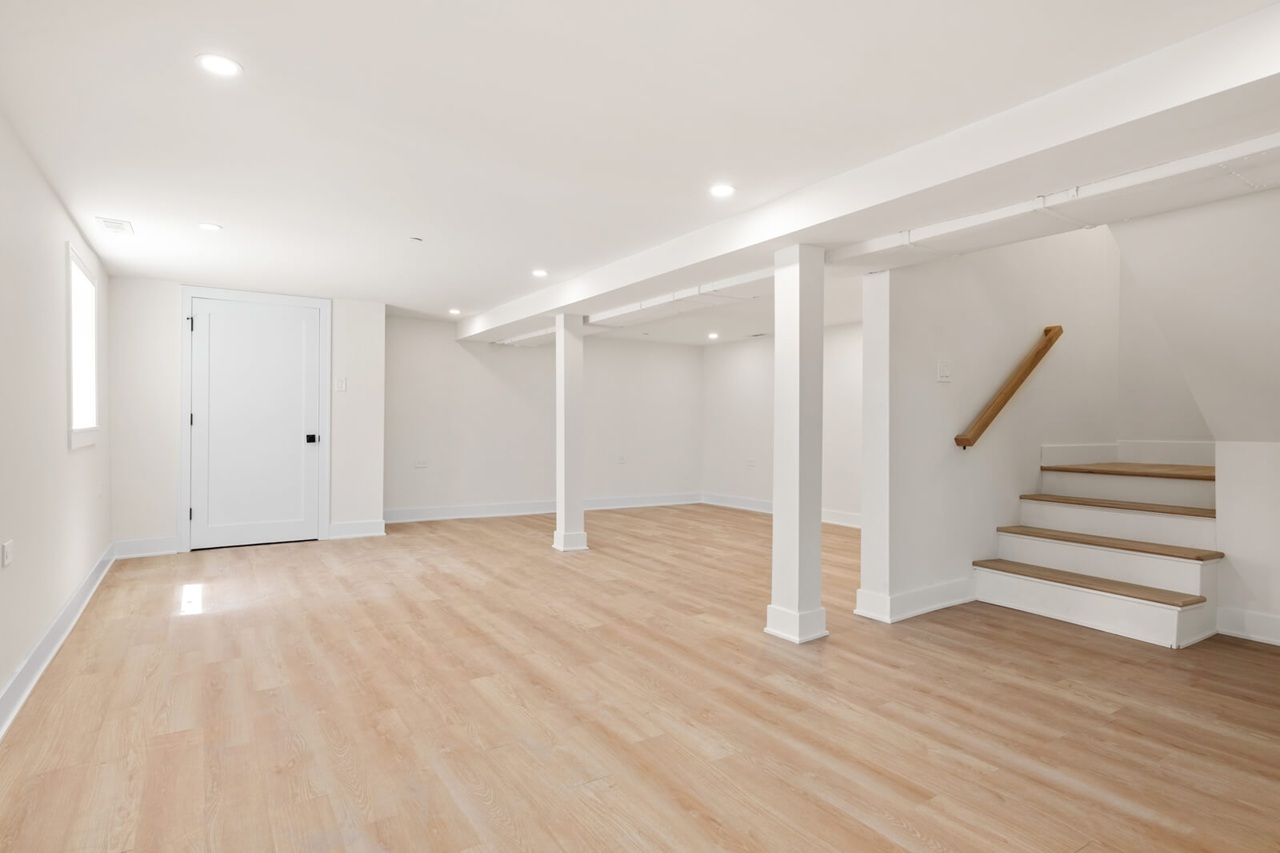Basements are multifunctional spaces, often doubling as recreation rooms, storage areas, or even additional living quarters. However, they can also be vulnerable during emergencies like floods, fires, or power outages. Ensuring your basement is equipped with essential safety features not only protects your home but also provides peace of mind for you and your family.
Here are five must-have safety features to create an emergency-ready basement, along with tips to keep your space secure and functional.
-
Egress Windows for Quick Escape
Egress windows are a non-negotiable safety feature, especially if your basement serves as a living space or bedroom. These windows are large enough for a person to climb out and for emergency responders to enter during a fire or other crisis.
Why They’re Essential:
Provide a safe exit in case the basement stairs become inaccessible.
Increase ventilation and natural light, reducing moisture and mold buildup.
Pro Tip: Ensure your egress windows meet local building codes, which typically require a minimum opening of 5.7 square feet for easy escape. Keep the surrounding area clear of debris for unobstructed use.
-
A Reliable Sump Pump
Basements are prone to flooding, whether from natural disasters, heavy rainfall, or burst pipes. A sump pump is your first line of defense against water damage, helping to remove excess water and prevent it from flooding your basement.
Why It’s Critical:
Protects your belongings and foundation from water damage.
Reduces mold and mildew growth by keeping the space dry.
Pro Tip: Choose a sump pump with a battery backup so it remains operational during power outages. Regularly test and maintain the system to ensure it’s functioning properly when you need it most.
-
Fire-Resistant Materials
Fires can spread quickly, and basements often have flammable materials like stored boxes, furniture, or exposed insulation. Incorporating fire-resistant materials ensures your basement is less susceptible to damage and provides valuable time to evacuate safely.
Smart Options:
Use fire-resistant drywall, paint, and insulation to add extra protection to walls and ceilings.
Install steel doors or fire-rated doors that slow down fire progression.
Pro Tip: Avoid storing flammable liquids, and keep fire extinguishers readily accessible in the basement.
-
Backup Power Options

Power outages are common during storms or emergencies, and losing power in the basement can make it hard to react quickly. Having a reliable backup power source ensures your basement remains functional in critical moments.
What to Include:
Install a generator to power essential devices like your sump pump, lights, and HVAC system.
Consider adding emergency lighting with built-in batteries for instant illumination during outages.
Pro Tip: Regularly test your backup power systems and keep spare fuel or batteries on hand for extended outages.
-
Proper Ventilation and Carbon Monoxide Detectors
Basements often house appliances like water heaters or furnaces, which can produce harmful gases like carbon monoxide (CO). Ensuring proper ventilation and installing CO detectors is essential for basement safety.
Why It’s Vital:
Reduces the risk of CO poisoning and ensures air quality.
Prevents the buildup of other harmful gases that could pose health risks.
Pro Tip: Place CO detectors near fuel-burning appliances and at least one on each level of your home. Replace batteries regularly and test the detectors to keep them working.
Final Thoughts
Preparing your basement for emergencies is an invaluable investment in your family’s safety and your home’s longevity. Egress windows, sump pumps, fire-resistant materials, and other key safety features create a robust emergency plan for this vulnerable space.
Take the time to assess your basement’s needs and make these updates proactively. With the right precautions, your basement can remain a safe, secure, and functional part of your home, no matter what comes your way.




